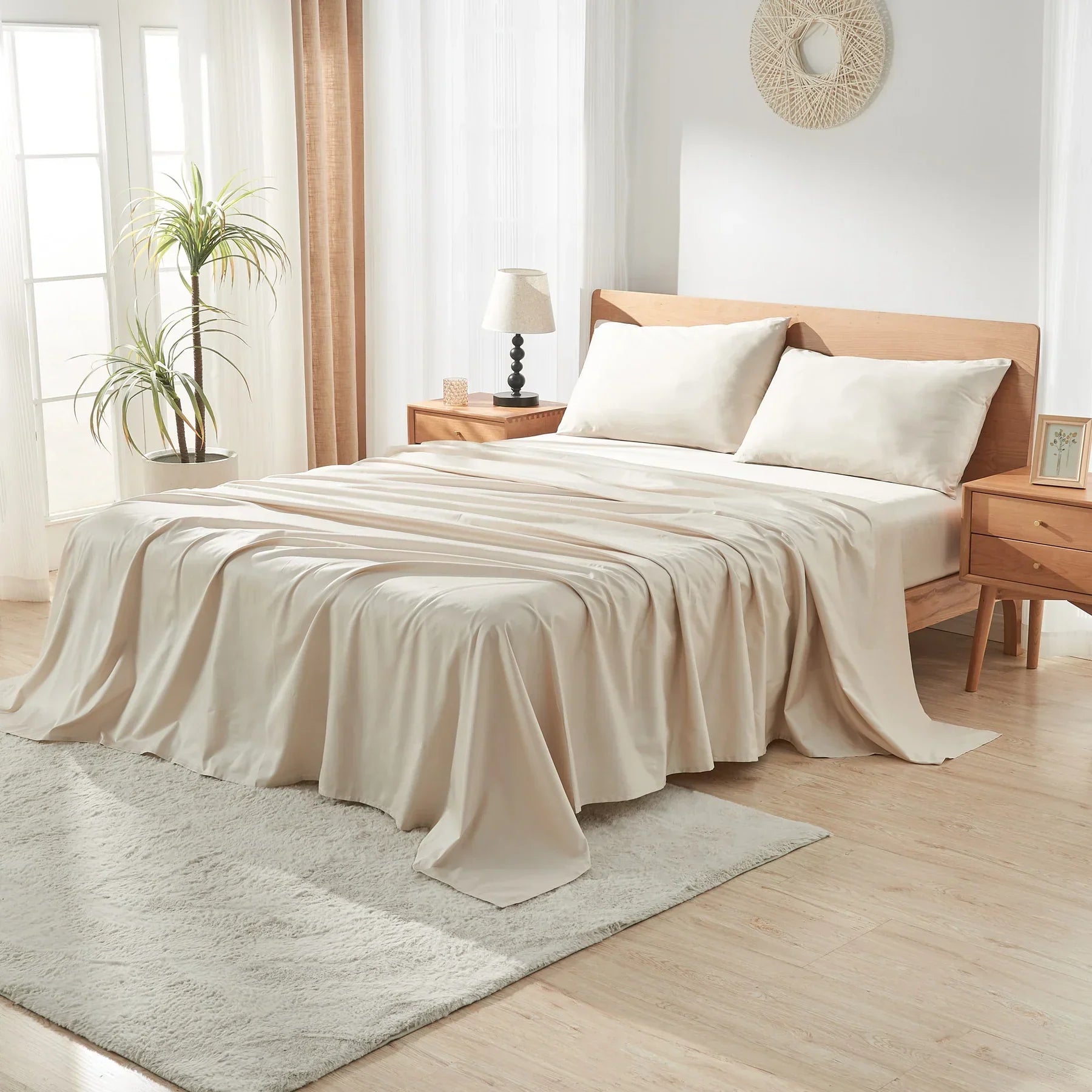Lesson 3 — Tatami Care & Longevity Guide

Tatami is designed for everyday life. With a few simple habits, you can keep the woven surface clean, the profile smooth, and the look serene—year after year. This guide blends practical steps with the spirit of Japandi living: fewer, better actions done mindfully.
Daily Care — Calm, Simple, Consistent
- Vacuum along the grain with the beater brush off. This lifts dust without scuffing the weave.
- Dry wipe along the grain with a soft cloth for everyday freshness.
- Ventilate on clear days—open windows to release humidity and help prevent mold.
Once a month, use a well-wrung, damp cloth for a light wipe. Avoid hard rubbing (it can whiten the surface). Never use steam mops or steam cleaners.

Spill & Stain Guide — Act Promptly
Watery liquids (tea, coffee, juice)
Blot within 2–3 minutes with a dry cloth. Don’t rub hard. Allow to air-dry.
Oily or sticky (butter, ketchup, creams)
Wipe gently using a cloth dampened with diluted neutral detergent. Wring well; remove residue with a well-wrung cloth.
Powders (flour, baby powder)
Vacuum first, then wipe lightly with a well-wrung cloth. Don’t over-rub.
Markers & ink
Oil-based markers/crayons and ink are generally permanent. Test any cleaner in a discreet spot.

Fixes for Dents, Scuffs & Mold
- Dent marks: Place a steamed towel on the dent for ~3 minutes, then remove and let dry. Do not over-steam; avoid steam irons/cleaners.
- Mild scorch/abrasion: Lightly sand the affected spot (≈400-grit) and let dry; use repair paint or matte clear spray if needed (results may remain slightly visible).
- Mold (rare with good ventilation): Wipe with diluted chlorine kitchen bleach or alcohol. Test first; remove residue with a well-wrung cloth. Wear gloves and ventilate.

Longevity Tips — Help Your Tatami Age Gracefully
- Humidity: Natural wood-fiber base can expand/contract; ventilate regularly. Minor warps or gaps at joints may appear with seasonal changes.
- Heat & sun: Avoid heated floors, reflective heaters, and prolonged direct sun/heat.
- Furniture & casters: Avoid very heavy/square-edged items and rolling casters; lift—don’t drag—furniture.
- Pets & footwear: Pet nails can scratch the surface; always go shoes off on Tatami.
- Layout & rotation: Consider rotating pieces seasonally and use a checkerboard orientation for balanced wear.

Mindful Materials & Sustainability
Our Tatami uses a modern Japanese woven-paper facing designed for everyday durability and quick wipe-ups, paired with a supportive core. It balances the tactile calm of traditional Tatami with low-maintenance care—ideal for Japandi living. To complete the mood, layer pieces from our Lifestyle collection and keep your palette cohesive with the Japandi Color Palette.
Related Reading
- Lesson 1 — What Is Tatami
- Lesson 2 — How to Use Tatami
- Shop Japandi Lighting
- The Japandi Color Palette







Share:
Tatami 101: Lesson 2 — How to Use Tatami Mats in a Modern Home
Simplify Your Home — How Japandi Design + Yamazaki Home Help You Create Calm